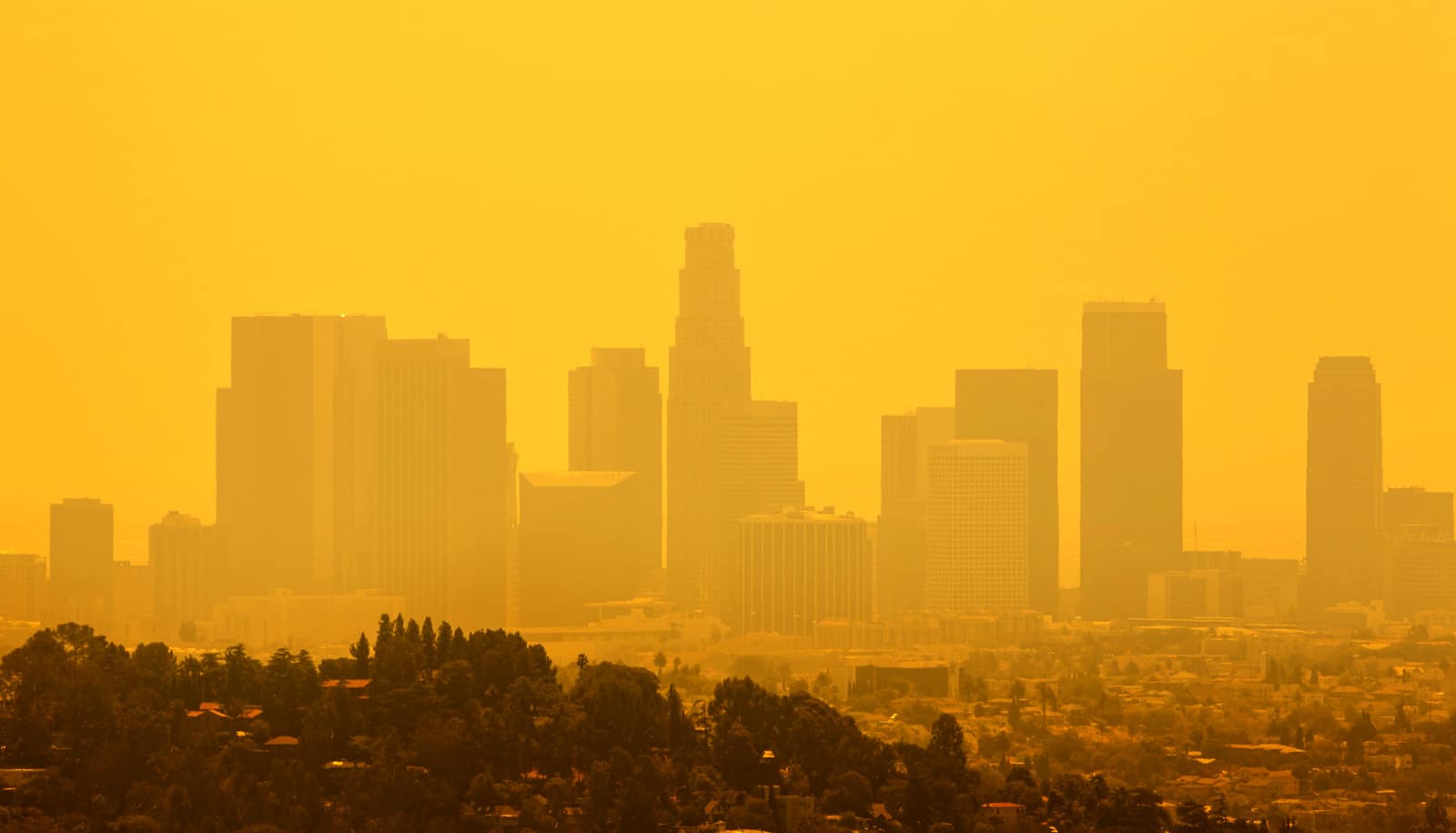A new air quality model could help forecasters predict surface ozone levels up to 48-hours in advance and with fewer resources.
The method, called regression in self-organizing map (REGiS), weighs and combines statistical air quality models by pairing them with predicted weather patterns to create probabilistic ozone forecasts. Unlike current chemical transport models, REGiS can predict ozone levels up to 48 hours in advance without requiring significant computational power.
“If we can predict the level of ozone ahead of time, then it’s possible that we can do something to combat it.”
Nikolay Balashov, who recently earned his doctorate in meteorology from Penn State, designed the new method by exploring the relationship between air pollutants and meteorological variables.
Because ozone levels are higher in heavily populated areas, particularly on the West Coast of the United States, the model helps air quality forecasters and decision-makers alert residents in advance and promotes mitigation methods, such as public transportation, in an effort to avoid conditions conducive to unhealthy ozone level formation.
“If we can predict the level of ozone ahead of time, then it’s possible that we can do something to combat it,” Balashov says. “Ozone needs sunlight but it also needs other precursors to form in the atmosphere, such as chemicals found in vehicle emissions. Reducing vehicle use (on the days when the weather is conducive to the formation of unhealthy ozone concentrations) will reduce the level of emissions that contribute to higher levels of ozone pollution.”
Complaints on Weibo predict Chinese air pollution
This new tool evaluates various ozone pollution scenarios and offers insight into which weather patterns may worsen surface ozone pollution episodes. For example, higher surface temperatures, dry conditions, and lighter wind speeds tend to lead to higher surface ozone. The researchers published their results in the Journal of Applied Meteorology and Climatology.
Ozone is one of the six common air pollutants identified in the Environmental Protection Agency Clean Air Act. Breathing ozone can trigger a variety of health problems, including COPD, chest pain. and coughing, and can worsen bronchitis, emphysema, and asthma, according to the EPA. It can also cause long-term lung damage.
Surface ozone is designated as a pollutant, and the EPA recently reduced the maximum daily 8-hour average threshold from 75 to 70 parts per billion by volume. That sparked a greater need for accurate and probabilistic forecasting, Balashov says.
Current models are expensive to run and are often not available in developing nations because they require precise measurements, expertise, and computing power. Because it is based on statistics and historical weather and air quality data, REGiS would still work in countries that lack those resources.
VW emissions cheat could lead to 50 early deaths
The method combines a series of existing statistical approaches to overcome the weaknesses of each, resulting in a whole that is greater than the sum of its parts.
“REGiS shows how relatively simple artificial intelligence methods can be used to piggy-back forecasts of weather-driven phenomenon, such as air pollution, on existing and freely available global weather forecasts,” says George Young, professor of meteorology and Balashov’s graduate adviser. “The statistical approach taken in REGiS—weather-pattern recognition guiding pattern-specific statistical models—can bring both efficiency and skill advantages in a number of forecasting applications.”
REGiS was evaluated in California’s San Joaquin Valley and in northeastern parts of Colorado, where Balashov tested his method using standard statistical metrics. This past summer, the model was used in the Philadelphia area as an operational air-quality forecasting tool alongside existing models.
During his previous research in South Africa, Balashov first became interested in studying ozone and its relationship with weather phenomena El Niño and La Niña.
“I became inspired to study ozone because I saw how much of a connection there could be between weather patterns and air pollution,” says Balashov. “I realized there was a really strong relationship and that we could do more to explore this connection between meteorology and air pollution, which can help to make predictions, especially in places that lack sophisticated models. With this method, you can make air quality forecasts in places such as India and China.”
NASA supported the research.
Source: Penn State



